The world of scientific education is undergoing a revolutionary transformation with the advent of virtual reality (VR) technologies. Among the most groundbreaking applications is the VR Cell Factory, an immersive experience that allows users to step inside a human cell and witness the intricate process of mitochondrial ATP synthesis firsthand. This innovative approach is redefining how students, researchers, and science enthusiasts engage with cellular biology.
Developed by a team of biochemists and VR specialists, the VR Cell Factory transports users into a meticulously detailed 3D environment that replicates the inner workings of a eukaryotic cell. The experience focuses particularly on the mitochondria, often referred to as the "powerhouses of the cell." Through this virtual journey, participants can observe how these organelles convert nutrients into adenosine triphosphate (ATP), the primary energy currency of cells.
What sets this VR experience apart is its unparalleled level of interactivity. Users don't merely watch the ATP synthesis process—they can actively participate in it. By using motion controllers, individuals can manipulate molecules, trigger enzymatic reactions, and even "ride along" with protons as they move through the electron transport chain. This hands-on approach creates a profound understanding of cellular respiration that traditional textbooks or even 3D animations cannot match.
The simulation begins at the outer mitochondrial membrane, where users can see the double-membrane structure in stunning detail. As they pass through the porin channels of the outer membrane and navigate the intermembrane space, the environment dynamically responds to their movements. The real magic happens when users reach the inner mitochondrial membrane and its characteristic cristae folds—the site of oxidative phosphorylation.
One of the most breathtaking moments in the experience occurs when users witness the chemiosmotic process up close. The VR environment visually represents the proton gradient across the inner mitochondrial membrane, showing how the flow of protons back through ATP synthase drives the phosphorylation of ADP to ATP. The simulation makes abstract concepts tangible—users can literally see and feel (through haptic feedback) the mechanical rotation of the ATP synthase enzyme as it generates ATP molecules.
Beyond its educational value, the VR Cell Factory has significant implications for medical research. Pharmaceutical companies are already exploring its potential for drug development, particularly for medications targeting mitochondrial disorders. By visualizing how potential compounds interact with the electron transport chain or ATP synthase, researchers can gain insights that might take months to achieve through traditional laboratory methods.
The development team has incorporated multiple layers of scientific accuracy into the simulation. Every molecular interaction, from the Krebs cycle in the mitochondrial matrix to the final steps of ATP production, has been verified by leading biochemists. The VR environment even includes realistic Brownian motion of molecules and accurately represents the crowded nature of the intracellular environment—a detail often overlooked in conventional teaching tools.
For educators, the VR Cell Factory offers customizable lesson modules. Teachers can focus on specific aspects of cellular respiration, from glycolysis in the cytoplasm to the final electron acceptors in the electron transport chain. The system includes assessment tools that track student interactions, allowing instructors to identify which concepts might need further clarification based on how students navigate the virtual environment.
The emotional impact of the experience shouldn't be underestimated. Many users report feeling awe when confronted with the complexity and elegance of these microscopic processes. One medical student described the moment they "held" a newly synthesized ATP molecule in their virtual hands as transformative, changing their entire perspective on cellular biology. This emotional engagement leads to improved knowledge retention and a deeper appreciation for the subject matter.
As VR hardware becomes more accessible, the potential for widespread adoption of tools like the VR Cell Factory grows exponentially. The developers are currently working on a multiplayer version that will allow students and researchers from around the world to explore and manipulate the same virtual mitochondrion simultaneously, fostering collaborative learning and discovery.
The future iterations of the technology promise even more advanced features. Plans include integrating artificial intelligence that can generate unique mitochondrial scenarios based on user input, such as simulating the effects of specific mutations or toxins on ATP production. There's also ongoing work to incorporate other cellular processes, potentially creating a comprehensive virtual cell that users can explore in its entirety.
While the VR Cell Factory currently focuses on higher education and research applications, simplified versions for high school students are in development. These will maintain scientific accuracy while providing more guided experiences and simplified explanations appropriate for younger learners. The goal is to inspire the next generation of scientists by making complex biological processes accessible and exciting.
The implications of this technology extend beyond education. Patient advocacy groups for mitochondrial diseases see potential in using VR to help affected individuals and their families understand these complex disorders. Similarly, athletic trainers are exploring how the visualization of ATP production could help athletes optimize their energy systems during training.
As we stand at the intersection of biology and immersive technology, the VR Cell Factory represents more than just an educational tool—it's a gateway to understanding life at its most fundamental level. By allowing us to experience rather than just learn about cellular processes, this innovation has the power to transform how we teach, learn, and ultimately comprehend the miraculous machinery that keeps us alive.
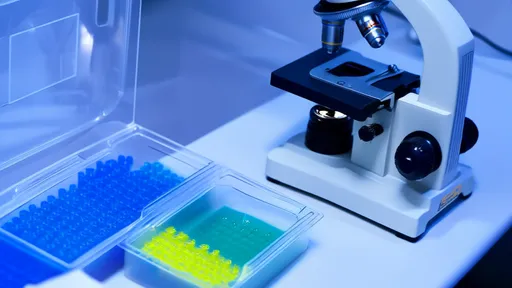
By /Jul 22, 2025

By /Jul 22, 2025

By /Jul 22, 2025
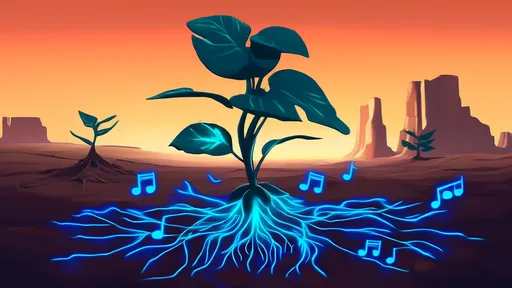
By /Jul 22, 2025

By /Jul 22, 2025
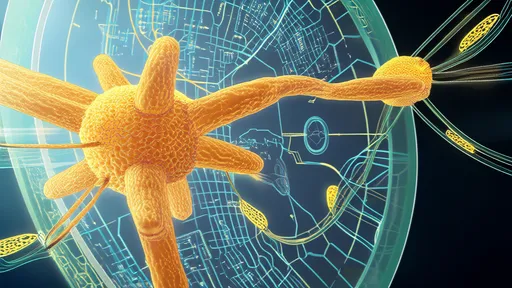
By /Jul 22, 2025
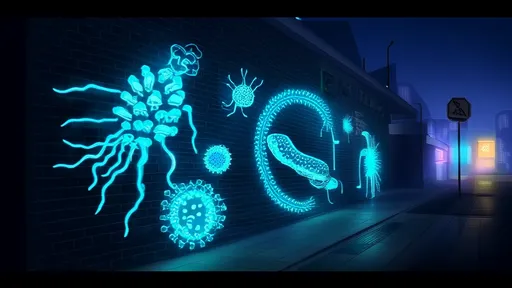
By /Jul 22, 2025
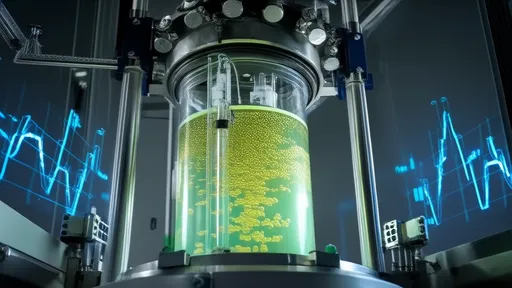
By /Jul 22, 2025
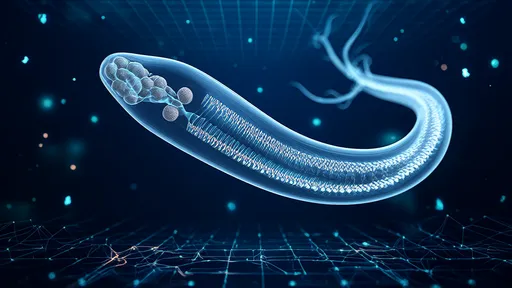
By /Jul 22, 2025

By /Jul 22, 2025

By /Jul 22, 2025

By /Jul 22, 2025
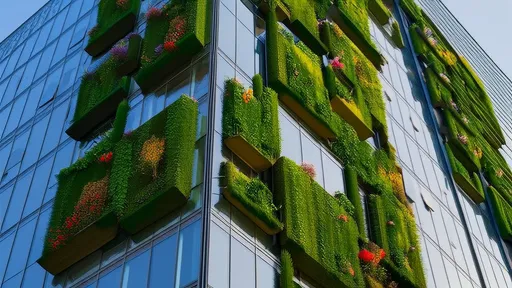
By /Jul 22, 2025
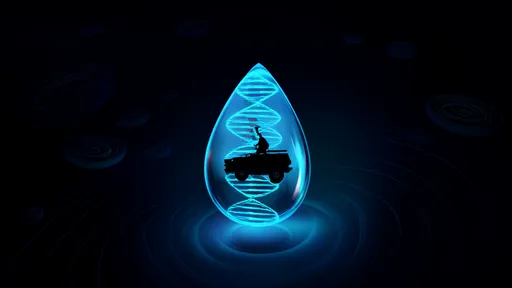
By /Jul 22, 2025
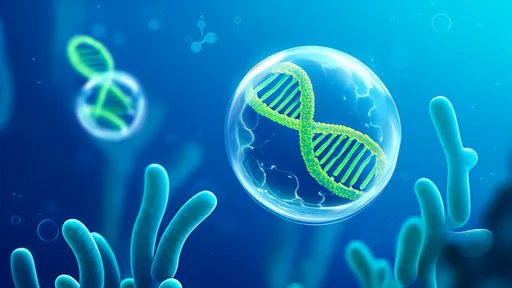
By /Jul 22, 2025
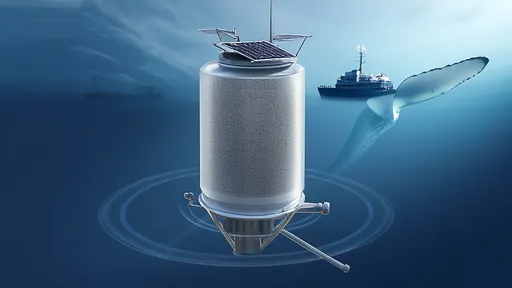
By /Jul 22, 2025
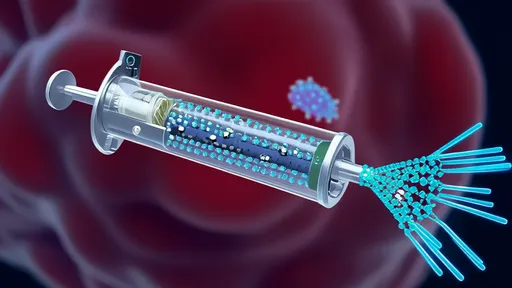
By /Jul 22, 2025
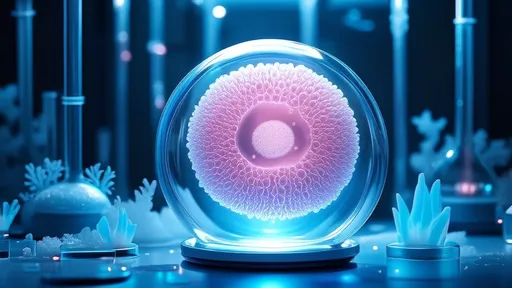
By /Jul 22, 2025